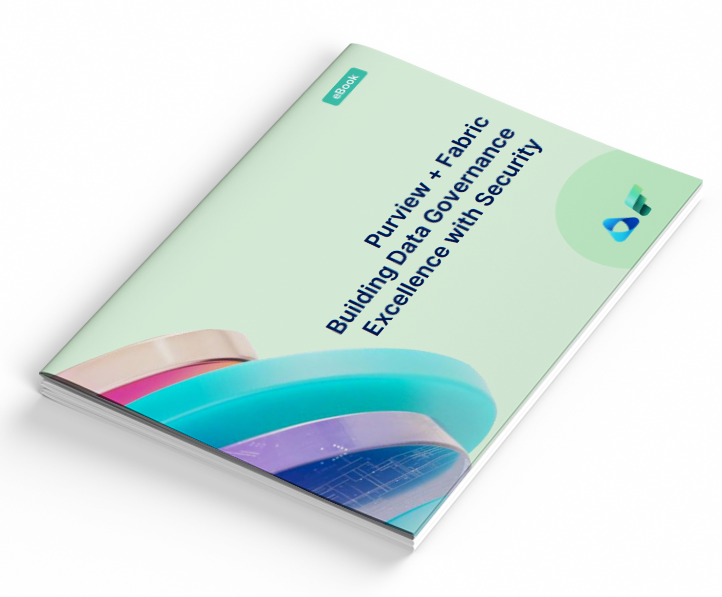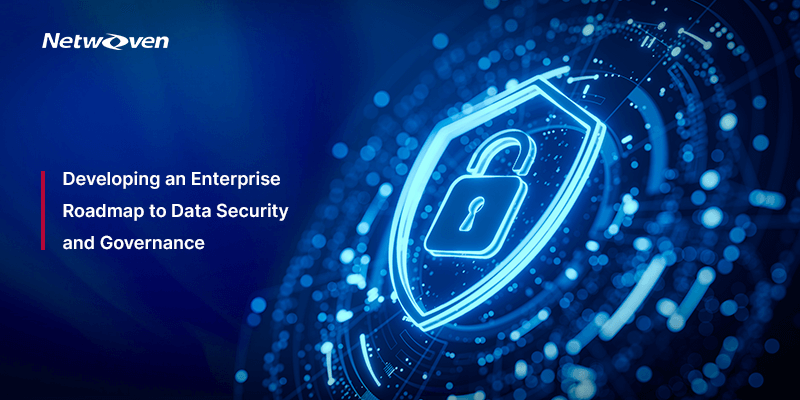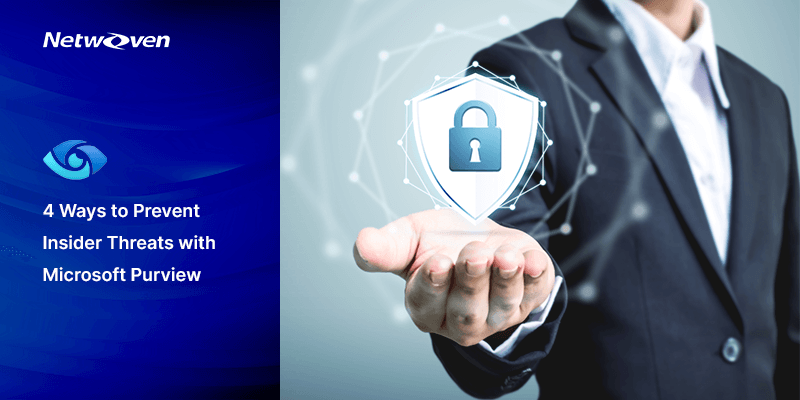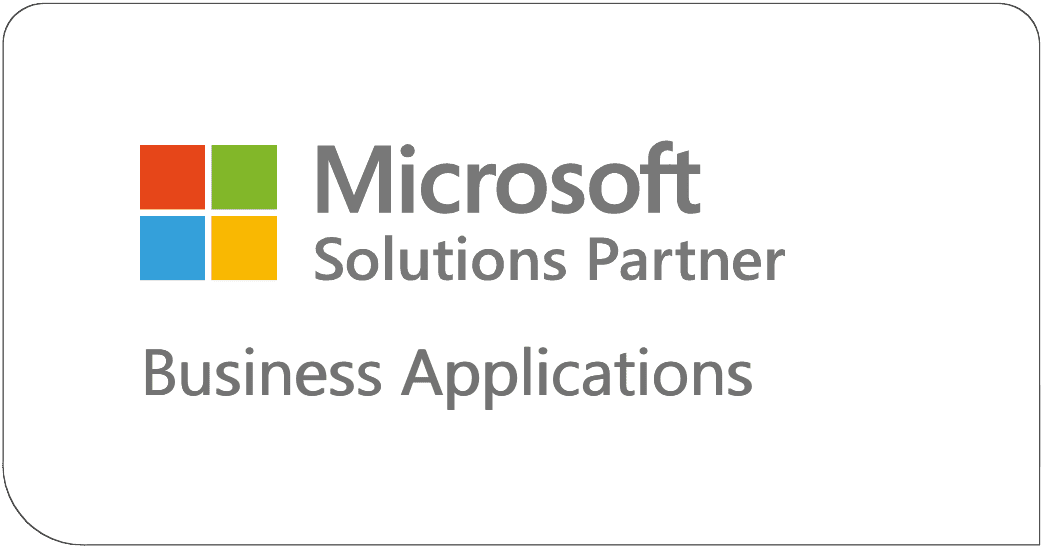Introduction
You have heard about data breaches more often than you can count. The average cost of a data breach worldwide is a staggering $4.45 million. This figure covers detection, business losses, post-breach response, and notifications.
Organizations face data breaches for various reasons. The top three culprits are:
- Attacks by cybercriminals aiming to steal sensitive data.
- Unintentional errors by insiders.
- Malicious insiders accessing confidential information.
Your sensitive data could be stored in various places:
- Cloud repositories like Box, Google Drive, OneDrive, and Dropbox.
- On-premises repositories like NetApp file shares.
- On-premises applications with databases.
- Cloud SaaS applications.
- Digital products offered to your customers.
Fortunately, technology has advanced significantly. It provides robust solutions for data protection and governance, no matter where your data resides or how it’s used.
6-Steps to Kickstart Your Data Governance Framework Implementation Plan
So, what is data security governance?
Gartner defines data security governance (DSG) as part of information governance. It focuses on protecting corporate data. This includes both structured databases and unstructured file formats. The protection is achieved through clearly defined policies and processes.
As a member of the Microsoft Intelligent Security Association (MISA), Netwoven suggests 6 key steps to secure and govern your data through a well-crafted, incremental program designed from a practitioner’s perspective.
1. Appoint your data security leader
This is the crucial first step for the initiative. Choose someone with a strong data background who has also developed security knowledge.
Their responsibilities must include:
- Serving as the single point of contact with knowledge and accountability for both technical and policy-oriented security issues and solutions.
- Implementing controls to protect against, monitor, and respond to third-party scraping activities on the web or social media.
- Notifying affected individuals and privacy regulators in case of data scraping breaches
2. Find the Ideal Vendor to Partner for the Data Security and Governance Needs
Partnering with external consultants can bring experience and reduce risk.
When choosing a cloud security provider, prioritize on:
- Cost-effectiveness
- Ease of deployment
- Cloud-native security tools
- Synergy with your organization in terms of knowledge and expertise in tools and technology, data management practices, regulatory compliance etc.
This significantly reduces the risk of breach-related costs and lowers technology and licensing expenses. It also eliminates the need for additional staffing and training, ensures up-to-date cybersecurity practices, provides scalable solutions, and offers continuous support.
With the above two steps, you have created a data governance community.
3. Kickstart Your Data Security and Governance Planning
In the planning phase of a data security and governance initiative, you first set clear goals and metrics with your CISO. Next, you gather insights from stakeholders across legal, finance, HR, IT, and more to understand business processes, applications used, and past security incidents. Partnering with vendors provides essential templates, best practices, and technology insights to speed up your project. By the end, you’ll have a solid roadmap for implementation, focused on business benefits. Using industry-standard frameworks like NIST or ISO/IEC 27001 can guide these efforts effectively.

4. Choose Suitable Third-Party Products
To set up your data security and governance system, you’ll need a toolkit that includes classification, scanning, DLP, and encryption tools. Your vendor should be your ally in figuring out exactly what you need and picking the right tool. These choices are going to stick with you for a while, so it’s important to get them right. Make sure you’re clear on your compliance obligations like GDPR, PCI-DSS, HIPAA, or ISO 27001, and understand the risks your organization faces, from data breaches to internal threats.
Look into what functionalities you really need like encryption, authentication, and monitoring. Do your homework. Read reviews, check out blogs, and listen to podcasts to learn about different tools and frameworks. When comparing options, think about how they measure up in terms of performance, scalability, cost, and support.
Before committing, try out your shortlisted tools with a proof of concept or pilot to see how they perform in a real-world test. And don’t forget to consider how they’ll integrate with your existing systems and processes like installation, configuration, and ongoing monitoring.
Ultimately, you want tools that not only enhance your security but also fit well with your organization’s needs and future goals.
5. Perform Proof of Concepts (PoCs)
Running Proof of Concepts (PoCs) is always one of the best practices. After selecting tools, use test data and users in a PoC environment to validate the solution. This refines the approach and boosts project success chances.
To get meaningful PoC results, follow these steps:
- Understand the needs of your Line of Businesses (LoBs) and stakeholders.
- Agree on clear goals.
- Select challenging use cases.
- Define the scope and key performance indicators.
- Conduct the PoC in your test environment.
- Set a reasonable PoC timeframe.
- Gain internal support and commitment.
- Request thorough documentation and knowledge transfer from vendors.
- Objectively measure vendors’ efforts with clear rules and checklists.
By following this approach, you ensure the PoC validates the solution, meets challenges, engages stakeholders, and reduces the risk of selecting the wrong IT solution.

Ebook: Purview + Fabric – Building Data Governance Excellence with Security
This eBook, brought to you by Netwoven, a global leader in Microsoft consulting services, explores into the exciting potential of AI at your workplace within the familiar Microsoft 365 suite.
Get the eBook6. Execute in Iterations
In this phase, refine the roadmap from the planning stage with insights from the PoC phase. Define each iteration with user requirements, a detailed design, an execution plan, and a rollout strategy. Iterations can be based on geography or business units.
The value of an iterative approach includes:
- Major requirements are set initially, but functionality can evolve.
- Risks are identified and prioritized early.
- Goals may change over time.
- Time-to-market is crucial.
- Innovative technology may bring unforeseen issues.
- Progress is easily tracked.
- Each iteration delivers an operational artifact.
- Security governance structure grows organically.
- Customer feedback is based on working products, not just specs.
Webinar: Govern your data across your entire data estate using Microsoft Purview. Watch Now.
Conclusion
Data security and governance execution is challenging, but Netwoven’s proven methodology and experience can help you succeed. Refine your roadmap using PoC insights to define clear iterations with user requirements, designs, plans, and rollout strategies. This ensures initial requirements are set, supports evolving functionality, identifies risks early, and tracks progress easily. Each iteration produces operational results, fosters organic security governance growth, and allows for timely adjustments to goals. To learn more, please contact us. Trust our expertise to strengthen your data protection strategy.


















